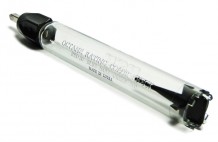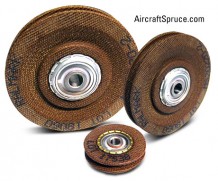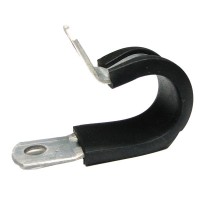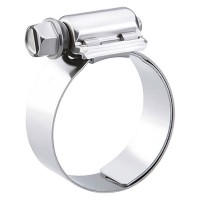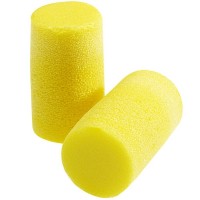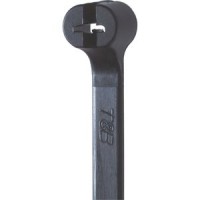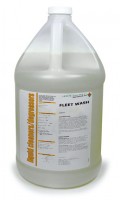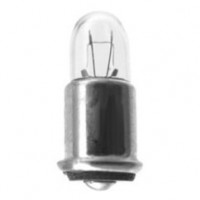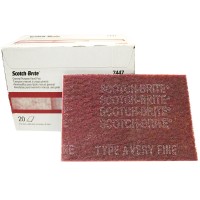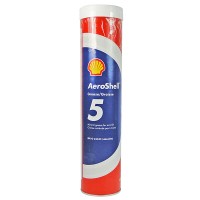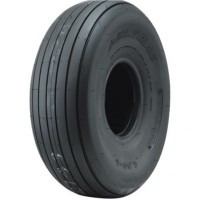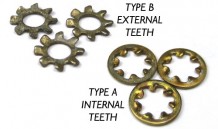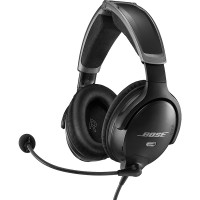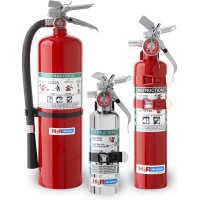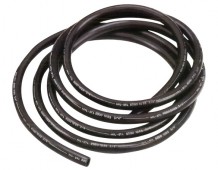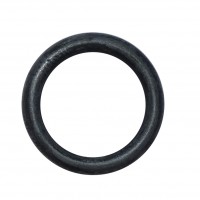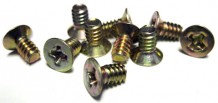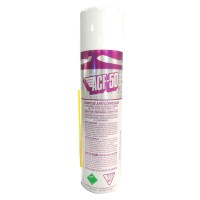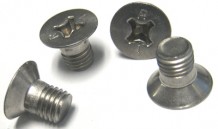Aircraft Boot Anti-Icer 100
MFR Model# ANTI-ICER
Overview
|
Daviesí Aircraft Boot Anti-Icer 100 will provide a silicone-based film, which will prevent ice from adhering to aircraft wing boots. Prior to application, the surface should be cleaned well with soap and water, followed by complete rinsing with water. If necessary, Isopropyl alcohol can be used for removing any residual soil, followed with additional soap & water, and water rinse. Make sure that surface is completely clean and dry before applying Daviesí Aircraft Boot Anti-Icer 100. The product is easy and economical to apply by wiping on with a cloth or tramp pad. A consistent single layer can be applied with a back and forth motion along the length of the boot. It is highly recommended that the Daviesí Aircraft Boot Anti-Icer 100 be reapplied after a maximum of 50 flight hours. |
WARNING: Cancer and Reproductive Harm - www.P65Warnings.ca.gov. |
Features
- Forms ice-resistant film
- Easy to apply
- Economical to use
- Single application provides many flight hours of protection
Reviews
One flight so far into ice since applying. I noticed ice collected normally on non-booted areas but looked mushy on the boots. Only in ice for half hour but looked like it was working. The coating was “sticky” for a day or so after applying. Careful don’t touch till dry.
Aircraft Boot Anti-Icer 100
Q&A
Please note, Aircraft Spruce's personnel are not certified aircraft mechanics and can only provide general support and ideas, which should not be relied upon or implemented in lieu of consulting an A&P or other qualified technician. Aircraft Spruce assumes no responsibility or liability for any issue or problem which may arise from any repair, modification or other work done from this knowledge base. Any product eligibility information provided here is based on general application guides and we recommend always referring to your specific aircraft parts manual, the parts manufacturer or consulting with a qualified mechanic.
The manufacturer has never tested this on paint directly. They think it could work since its a silicone but they recommend testing on a small unseen area.








 FREE Shipping
FREE Shipping
